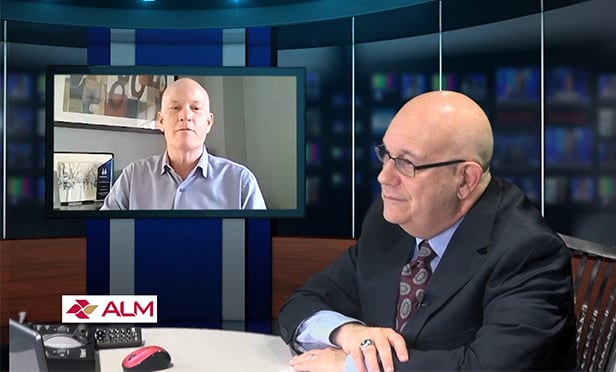The calculator, launched three months ago, is an update of an existing service, but encompassing additional data, says Michael Bendewald, a Rocky Mountain Institute analyst who helped develop the program. The key difference is that Green Footsteps measures multiple building emissions over a building's lifetime, RMI says, helping design professionals to make decisions to achieve a true carbon neutrality.
"We offered an excel version in 2006 through 2008 that only tracked operation building emissions," Bendewald said. "The online version incorporates new elements, accounts for more sources of carbon emissions, and is much more interactive."
Most assessment tools compare an individual project's energy savings to a code-based standard, declaring something "green" when a certain percentage is hit, and less damage is done to the environment, RMI notes.
The Green Footstep process is similar in some ways to a life-cycle analysis, instead measuring saved carbon over a building's lifetime. Users visit www.greenfootstep.org, input location information, site characteristics and building characteristics. The site then shows the project's carbon emissions.
"The fundamental metric is tons of CO2. Green Footstep compares your building's CO2 to that of the carbon stored on the building site," including standing timber and plants on site before he development Bendewald explains. "If the cumulative emissions of the building do not equal the site-stored carbon in its native-state (a positive number), then the project is not carbon neutral."
Developers and designers can then use that information to change their buildings to pay off that carbon debt and restore the balance, using such methods by reducing building energy use and/or incorporating more renewable energy. Users can establish free accounts so they can save and reload their projects and track the adjustments.
"Mostly architects," have taken advantage of the program thus far, Bendewald notes. "Building owners, engineers, consultants and educators have also found it useful."
Designers can use the tool to comply with specific design goals such as LEED certification credits and the 2030 Challenge, an organization looking to make all new buildings carbon neutral by 2030. The calculator can help decision-making through pre-design to occupancy on residential and commercial buildings, both ground up and retrofits. More than 250 users have used the tool, including Irving Oil's headquarters in St. John, New Brunswick, Canada, which used the calculator to determine early design targets and will revisit it for later phase verification.
"In a world with ecological limits, Green Footstep interactively helps inform decisions about carbon," said Victor Olgyay, a principal at RMI, in the Green Footstep announcement. "Green Footstep makes it easier for designers to make every building they work on part of the solution to climate change," says Olgyay.
Want to continue reading?
Become a Free ALM Digital Reader.
Once you are an ALM Digital Member, you’ll receive:
- Breaking commercial real estate news and analysis, on-site and via our newsletters and custom alerts
- Educational webcasts, white papers, and ebooks from industry thought leaders
- Critical coverage of the property casualty insurance and financial advisory markets on our other ALM sites, PropertyCasualty360 and ThinkAdvisor
Already have an account? Sign In Now
*May exclude premium content© 2024 ALM Global, LLC, All Rights Reserved. Request academic re-use from www.copyright.com. All other uses, submit a request to [email protected]. For more information visit Asset & Logo Licensing.








